Thousands of Mysterious Holes Discovered on Seafloor Off California Coast
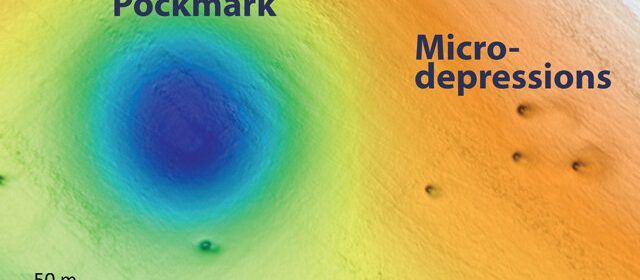
Thousands of Mysterious Holes Discovered on Seafloor Off California Coast
MBARI researchers found thousands of mysterious holes or pits in the seafloor in a recent study of the deep seafloor off Big Sur.
Resource managers and scientists would like to understand how these pits have formed because this is the site of a proposed wind-energy farm.
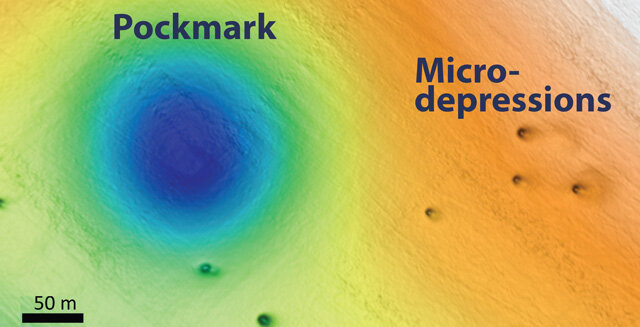
This week researchers Eve Lundsten and Charles Paull discuss their discovery at the American Geophysical Union meeting in San Francisco.
The scientists found two different sizes of the hole. The larger ones, called pockmarks, are 175 metres in diameter and five metres in-depth and are almost circular and fairly equally spaced.
Some of these pockmarks were initially discovered during a seafloor survey using sonar installed on the ship in 1999 by MBARI scientists.
In recent years, additional surveys by MBARI and other organisations have revealed more than 5,200 pockmarks spread out over 1,300 square kilometres, rendering that region the largest pockmark area in North America.
More recently, MBARI conducted detailed seafloor surveys using sonar mounted on autonomous underwater vehicles. These surveys revealed thousands of smaller pits, which they termed micro-depressions.
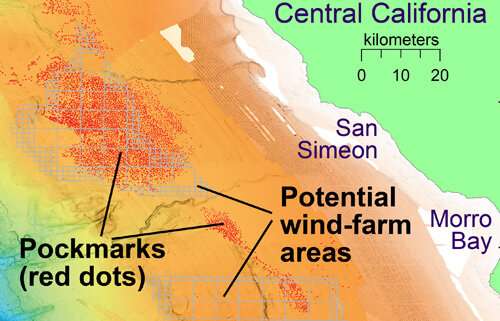
The micro-depressions average just 11 meters (36 feet) across and one meter (three feet) deep. They have steeper sides than the pockmarks and are often elongated in one direction.
Seafloor pockmarks have been found elsewhere around the world, and have been associated with releases of methane gas or other fluids from the seafloor.
Such methane releases could potentially cause the seafloor to be unstable, which could pose risks for structures such as offshore oil platforms or wind turbines.
However MBARI researchers found no evidence of methane in the sediment or seawater in this region. In fact, sonar data showing layers of seafloor sediments suggest that these pockmarks have been inactive for the last 50,000 years.
In contrast to the pockmarks, the micro-depressions formed in relatively young sediment. In addition, almost all of the micro-depressions contain objects such as rocks, kelp holdfasts, bones, trash, or fishing gear.
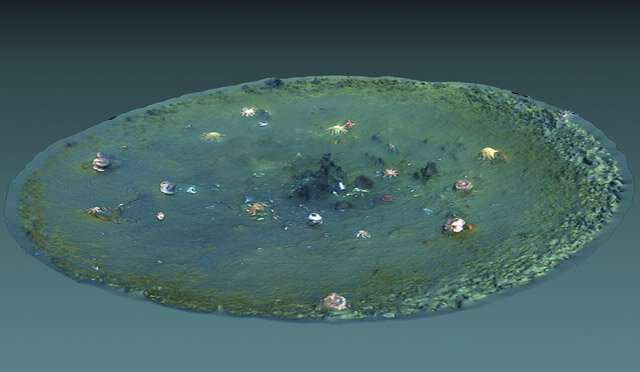
Many micro-depressions also have “tails” of sediment that probably originated within the depression. In many areas, these tails are all oriented in the same direction.
Based on these observations, the researchers hypothesize that the micro-depressions are relatively recent features that were were excavated by local seafloor currents.
Because the sediment on the seafloor in this area is so soft and “fluffy,” the researchers speculate that even the movements of fish hiding out in the micro-depressions could stir up the sediment, allowing it to be carried away by currents.
Summarizing this work, Lundsten said, “The pockmarks and micro-depressions in this area are both holes in the seafloor that occur in softer sediments, but they are morphologically distinct.
The cause and persistence of the pockmarks still remains a mystery, but we find no evidence they were created from gas or fluid in the seafloor in the recent past.
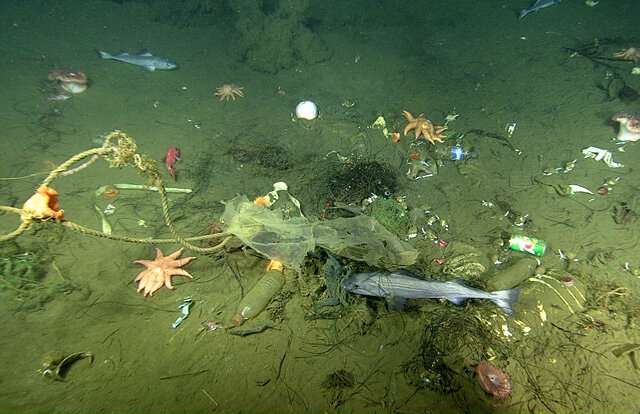
The micro-depressions are recently formed erosional features; they are not ‘incipient pockmarks.’ Overall, a lot more work needs to be done to understand how all these features were formed, and this work is in progress.”